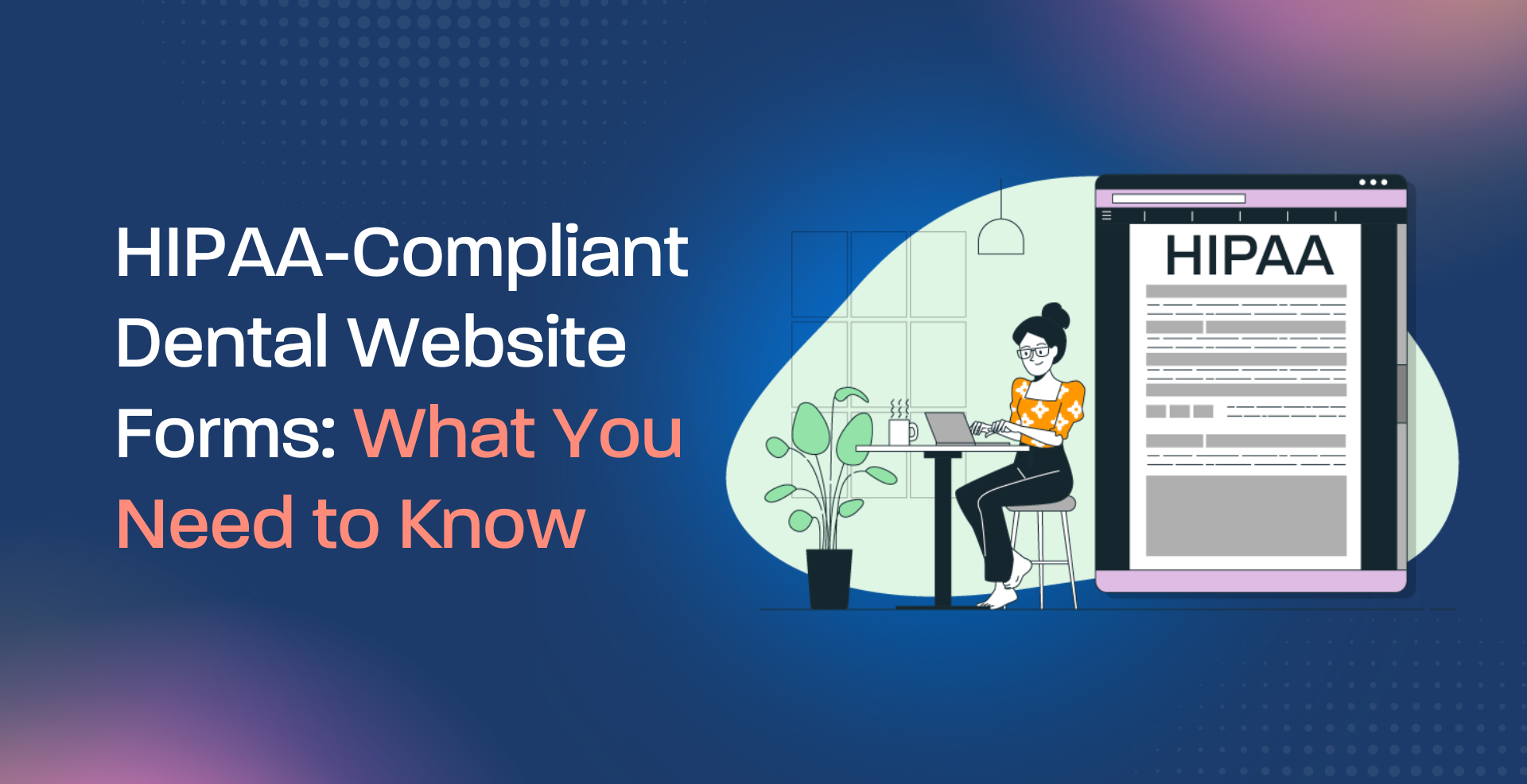In the vast expanse of the digital marketplace, “email marketing” remains an undeniable cornerstone of successful business strategies. It is in this vast and often unforgiving realm that The Ultimate Email Marketing Hack: Applying the PASTOR Framework emerges. PASTOR, an acronym for Problem, Amplify, Story, Testimonial, Offer, and Response, provides a structured, methodical approach to crafting compelling email marketing campaigns that captivate audiences and drive conversion.
Plunge into the depths of this inventive framework and discover how it can transform dull email content into a powerful marketing tool. Engage with real-life testimonials and case studies that highlight the effectiveness of the PASTOR Framework in various scenarios. Delve into the intricacies of the offer-response dynamic and unravel the profound impact it can have on a brand’s digital presence. This journey promises a wealth of insights for both budding and seasoned marketers.
Understand the Pastor Framework
To fully understand the PASTOR Framework, one must delve into its core principles and benefits. The framework’s foundations are rooted in meticulous steps that construct an efficient strategy. The PASTOR Framework Principles outline this strategy, forming the backbone of every successful campaign. Transitioning into the practical application, the concept’s real-world impacts surface. The Benefits of Using the PASTOR Framework for Email Campaigns expose the potential for increased conversion rates and heightened customer engagement. By comprehending these elements, a more profound grasp of the PASTOR Framework is achieved.
What Is the Pastor Framework?
Stepping away from the bustling universe of digital marketing, let’s delve into the intriguing world of the PASTOR Framework. Envisioned as a holistic mechanism for email campaigns, the PASTOR Framework embodies an intuitive, logical structure that guides marketers toward success. This ingenious methodology, an acronym for Problem, Amplify, Story, Testimony, Offer, and Response, provides a comprehensive roadmap for creating impactful email campaigns. Each letter represents a stage in the customer journey, starting from understanding the problem at hand to culminating in a compelling call-to-action. The PASTOR Framework is not just a tool, but a strategic narrative that offers a seamless blend of storytelling and marketing acumen, transforming email campaigns into persuasive, engaging conversations.
The P-A-S-T-O-R Framework Principles!
Transitioning from the general overview of email campaigns to a more specific technique, let’s delve into the principles of the PASTOR Framework. Stemming from an acronym, each letter of PASTOR signifies an essential step.
- P for problem identification,
- A for amplifying the problem,
- S for story and solution,
- T for transformation and testimony,
- O for offering,
- R for response.
Each principle plays a pivotal role in creating an effective and engaging email campaign. For instance, identifying and amplifying the problem triggers the recipient’s interest while providing a solution through storytelling fosters connection. The transformation, offering, and response stages cement the campaign’s purpose and call to action.
The Benefits of Using Pastor Framework for Email Campaigns
Stepping out of the theoretical realm of the PASTOR Framework, let’s dive into the practical benefits that this powerful tool can bring to email campaigns. Embarking on a journey with the PASTOR Framework in the world of email marketing, one finds the path lit with clear communication, effective persuasion, and improved conversion rates. The framework’s principles create a robust structure that ensures a thorough understanding of the audience, leading to personalized and compelling email content. The result? An increase in open and click-through rates, ultimately driving more conversions and sales. It’s akin to having a GPS for email marketing, steering campaigns in the right direction, ensuring each message hits its target.
Creating Engaging Content
Creating engaging content requires strategic planning. Write Strong Subject Lines to captivate the audience immediately. It’s the first impression, the digital handshake. Next, using Visuals to Grab Attention becomes crucial. Images, infographics, and videos can break the monotony of plain text, adding a vibrant touch. Lastly, Measuring and Improving Email Content Engagement is paramount. This involves analyzing user engagement metrics, learning from them, and refining the content strategy accordingly. Each of these steps contributes to moulding compelling content.
Write Strong Subject Lines
Having comprehended the PASTOR framework, the focus now shifts to the art of creating engaging content. First and foremost, strong subject lines take center stage. Carving out compelling subject lines remains an art akin to sculpting a masterpiece from a block of stone. With the right approach, each word chips away at the reader’s indifference, revealing a captivating curiosity that compels a click. A well-crafted subject line serves as the first impression and the doorway to the content within. Ensuring it is intriguing, specific, and actionable can significantly increase email open rates. This small but potent element, if used effectively, can make or break the success of an email campaign.
Use Visuals to Grab Attention
Transitioning from the PASTOR framework, let’s delve into the realm of content creation. In this phase, an essential aspect to explore is using visuals to grab attention. Imagine a vibrant image that tells a story, a compelling infographic that translates complex data into an elementary visual. It’s a captivating sight, isn’t it? This is the power of visuals. They grab attention, engage the audience, and make a lasting impression. Visual elements, such as photos, videos, infographics, and even memes, can dramatically enhance the appeal of content, making it more digestible and memorable. Remember, a picture isn’t just worth a thousand words; it’s also worth a thousand clicks.
Measuring and Improving Email Content Engagement
Moving forward from the PASTOR Framework, let’s delve into another critical area of content creation – Measuring and Improving Email Content Engagement. As the pulsating heart of any successful email marketing campaign, understanding engagement levels is vital. Picture a landscape of rich data, with every click, open, and response painting an intricate picture of subscriber behavior. Using this data effectively, marketers can tweak their email content strategy to enhance engagement. Analyzing engagement rates and A/B testing provide an objective assessment of what works and what needs rethinking. Visualize a constant cycle of feedback, improvement, and evolution, leading to a high-performance email campaign that captivates the audience.
Optimizing for Delivery
To assure a seamless journey from sender to recipient, Optimizing for Delivery requires a two-fold approach. First, monitoring your email reputation, a critical factor that dictates deliverability, becomes essential. A solid reputation virtually guarantees your emails reach inboxes, reinforcing your status as a trusted sender. Secondly, cleaning your email list steps into focus. This involves eliminating inactive or invalid emails, ensuring that every sent email hits a valid, engaged target. Together, these subtopics form the backbone of a robust delivery optimization strategy.
Monitor Your Email Reputation
Having delved into the art of crafting compelling content, it’s time to ensure that this effort isn’t wasted by falling into the abyss of the recipient’s spam box. Enter the realm of email reputation monitoring, a crucial piece in the email marketing puzzle. Email reputation refers to the standing of an email sender’s IP address, which significantly impacts email deliverability. Like a vigilant sentinel, consistently monitor the reputation, noticing any sudden drops that could indicate potential issues. Put simply; a poor reputation can result in the email provider directing the carefully curated content straight into the spam folder, a wasteland where messages go unseen. Therefore, monitoring your email reputation becomes a vital preventative measure in the quest for successful email marketing.
Clean Your Email List
Having mastered the art of creating engaging content, it’s time to give undivided attention to the backbone of email marketing – ensuring optimal delivery. A primary step in this process revolves around one key action: cleaning the email list.
Picture a pristine, uncluttered database, free from out-of-date email addresses and inactive contacts. It’s like a breath of fresh air, where each email dispatched finds a receptive recipient, enhancing the overall deliverability. The significance of regular maintenance of the email list cannot be overstressed.
Remove undeliverable addresses routinely, prune inactive subscribers, and verify the validity of email addresses before adding them to the list.
Measurement & Analysis
Transitioning from the broad sphere of Measurement and Analysis, attention is now directed toward the more specific areas of tracking Email Open Rates and analyzing Click-Through Rates. These core metrics illuminate the effectiveness of email marketing strategies. Tracking email open rates unveil the first level of recipient engagement. Subsequently, analysis of click-through rates offers deeper insight, exposing the extent of interaction with content or call-to-actions. These valuable indicators provide a comprehensive understanding of campaign performance, steering future marketing endeavors.
Track Email Open Rates
Casting aside the thrill of successful email delivery optimization, journey now into the realm of Measurement & Analysis. An essential first step lies in tracking the Email Open Rates. Picture your email as a messenger, dispatched into a sea of digital communication. Its primary goal is to capture the attention of the recipient, enticing them to unlock its contents. The statistics of how many such missions are successful that’s the email open rate. Analyzing this data unveils critical insights into the effectiveness of the subject lines, timing, and overall relevance of the content. An unopened email equates to a missed opportunity, rendering all prior efforts futile. Track diligently, for knowledge is the key to continuous improvement.
Analyze Click-Through Rates
Now that the stage is set for efficient email delivery, let’s shift the focus to understanding and evaluating the impact of the content. Click-through rates often serve as an insightful yardstick in this regard. This metric reveals the percentage of recipients who not only opened the email but also clicked on a link within it, leading them to interact further with the brand. Observing these rates over time can expose patterns and trends, which then provide valuable insights for refining the email strategy. Analyzing click-through rates thus becomes an indispensable step towards ensuring that the messages not only reach the inbox but also resonate with the audience, prompting them to take the desired action.
Putting It All Together
Embarking on the journey of Implementing the PASTOR Framework, one navigates through each phase with meticulous precision, merging the elements of Problem, Amplification, Solution, Testimony, Overcoming objections, and Resolution. This roadmap ensures the construction of a robust and comprehensive strategy. Following this, the shift towards Testing & Refining Your Strategy becomes crucial. Here, a cyclical process of testing, evaluating, and refining unfolds, ensuring the devised strategy withstands the dynamic business environment and yields optimal results. This interplay of strategic implementation and constant refinement truly encapsulates Putting it all together.
Implementing the Pastor Framework
Building upon the foundation laid during the measurement and analysis phase, one can now venture into the implementation of the PASTOR Framework. Like a shepherd guiding his flock, this strategy requires careful navigation, a keen understanding of the terrain, and the foresight to predict potential challenges. The PASTOR Framework, an acronym representing Problem, Amplify, Solution, Testimony, Overcome, and Response, serves as a beacon in the complex labyrinth of strategic planning. Each component of the acronym is a significant milestone on the journey, requiring diligent attention and careful execution. The path may appear daunting, but equipped with this robust framework, the destination of successful strategy execution is within reach.
Testing & Refining Your Strategy
Emerging from the depths of measurement and analysis, a fresh perspective on strategy refinement shines like a beacon. Testing & Refining Your Strategy forms the heart of this exploration. Picture a blacksmith tempering steel, each heated cycle, each deliberate hammer stroke strengthening the material. Similarly, every strategic maneuver undergoes rigorous testing and sifting through the crucible of real-world application. Adjustments and tweaks made to the strategy serve as the hammer strokes, forging a robust, resilient approach. The iterative process of testing and refining is akin to the relentless tide, shaping the strategy like a pebble on the shore, ensuring its readiness to withstand the turbulent waves of business challenges.
In the realm of email marketing, the PASTOR framework serves as a valuable tool in crafting engaging content, optimizing for delivery, and for efficient measurement and analysis. When deployed correctly, this framework can pave the way for a remarkable revolution in email marketing strategies. With the right balance of creativity and strategy, mastering the PASTOR framework can lead to a significant enhancement in engagement, conversion rates, and overall ROI – the ultimate hack, indeed, for those seeking to dominate the email marketing sphere.
MORE FROM THIS CATEGORY






